Included contraindications to the use of zygomatic implants include acute sinus infection, upper jaw pathology, and patients unable to undergo implant surgery. Due to an underlying uncontrolled or malignant systemic disease. Relative contraindications include chronic infectious sinusitis, the use of bisphosphonates and smoking more than 20 cigarettes a day.
Management for Zygomatic Implant after treatment
Once the clinical examination is complete, radiographic examination allows for further appropriate treatment planning of the zygomatic implant . Computed tomography is crucial for evaluation of the zygomatic implant site and the sinus status.
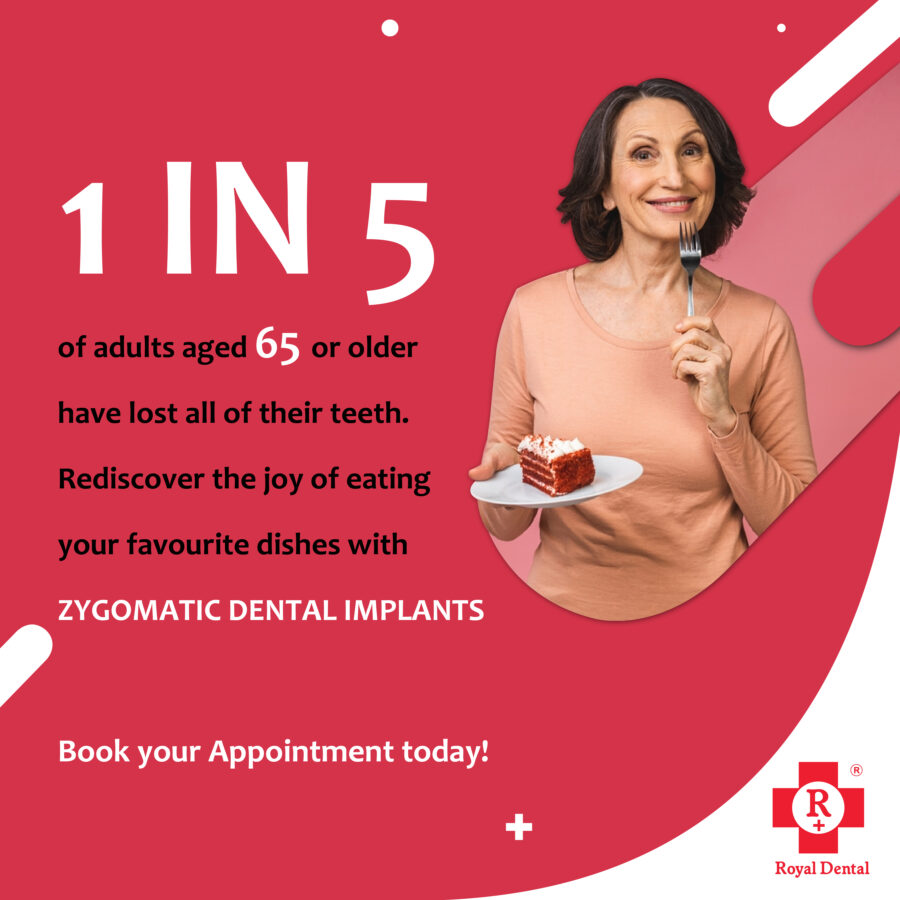
The amount of bone in the zygomatic arch and in the residual alveolar crest is explored. The angulation, expected emergence site and the relationship of the implant body to the maxillary sinus and the lateral wall is considered. With the original technique, the path of the zygomatic implant was inside the maxillary sinus.
The emergence of the head of the implant in the alveolar crest (typically in the palatal aspect of the second premolar region) is dependent on the spatial relationship of the zygomatic bone. The maxillary sinus and the alveolar crest.
According to Bedrossian et al. (18) the maxilla can be divided into zones:
Firstly Zone 1, the premaxilla
Secondly Zone 2, the premolar area
Thirdly Zone 3, the molar area
A new technique possibility of extra-sinus passage of the implant introduced, with promising results.
CBCT report for zygomatic implant
The amount of bone is estimated by cone beam computed tomography. Also in the zygomatic arch, in both horizontal and vertical dimensions. Moreover, any pathology in this area, as well as in the maxillary sinuses; needs to be verified pre-operatively. In the presence of adequate bone in zones 1 and 2. The clinician can consider the use of four to six conventional implants, tilting the most distal. One on each side to achieve good load distribution.
As such, one can bypass the need for bone grafting. The anterior extent or position of the sinuses, as well as the slope of the anterior sinus walls, determine both the most posterior position of the distal implant as well as its angulation.
General guidelines for Zygomatic Implant are as follows:
- Adequate bone in zone 1 for two to four axial implants and bilateral lack of bone in zones 2 and 3. Typically, two to four conventional implants distributed in the anterior maxilla plus one zygomatic implant on each premolar/molar side.
- Adequate bone in zone 1 and lack of bone in zones 2 and 3 on only one side. One single zygomatic implant placed and conventional implants on the anterior maxilla
Bleeding or infection
Do not disturb the wounds or any stitches placed. Avoid rinsing, spitting, or touching the wound on the day of surgery. A certain amount of bleeding expected following surgery. Slight bleeding, oozing,or redness in the saliva is not uncommon in the first two days following the procedure. If there is excessive bleeding, fold a moistened piece of gauze thick enough to bite on and plac. It directly on the extraction site biting firmly for 30 minutes. Repeat if necessary.
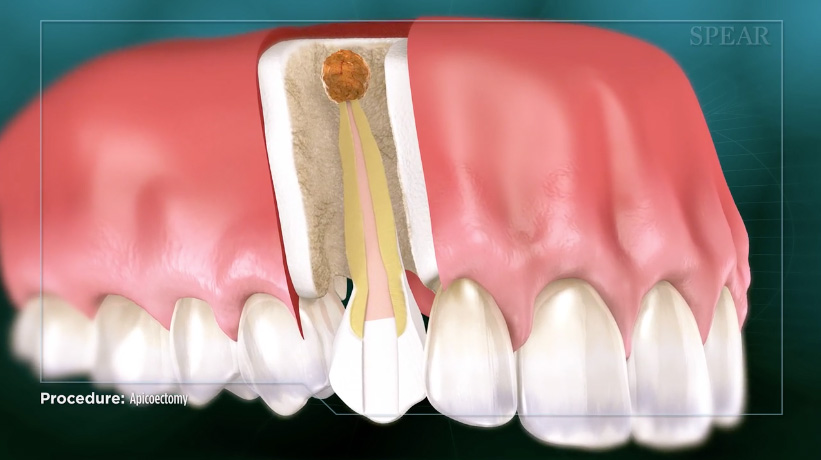
Swelling and infection
After surgery most patients experience swelling around the mouth, cheeks, eyes and sides of the face. The swelling may not become apparent until the day following surgery. It may not reach its maximum until two to three days post-operatively. To minimize swelling apply ice on your jaw for the first 48 hours (15 minutes on then 15 minutes off).
Stitches
The type of stitches used will depend on the surgery performed. You advised if you had stitches placed in your gums and if they will dissolve and fall out on their own. In approximately 1 to 2 weeks or if you will need to return to have them removed by the surgeon. If they come out earlier it is not usually a concern unless persistent bleeding occurs.
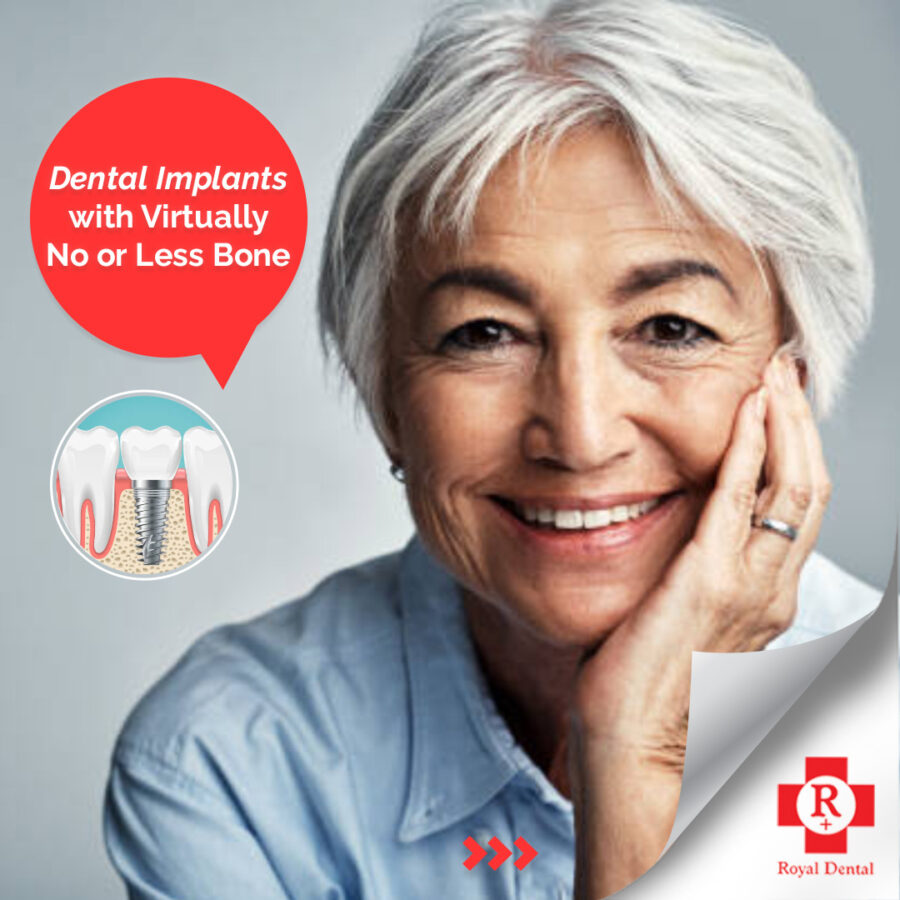
Medication and Antibiotic Mouth Rinse
Be sure to take prescribed medication or mouth rinses (such as Peridex) as directed to help reduce the chance of infection. Not all patients will have such prescriptions, depending on the particular situation. Discontinue antibiotic use in the event of a rash or other unfavorable reaction and contact the office immediately.
Right Diet
In most cases, straight-forward implant surgeries result in minimal disruption of normal routine and the surgical area can simply for several days. More complicated cases may require more specific instructions. The day of surgery begin with clear fluids (juice, broth, jello) and progress slowly eating soft foods (pudding, yogurt, soups, pasta, well-cooked veggies) by chewing away from the surgical sites. Remember it is important to hydrate and maintain adequate nutrition for optimal healing to occur.
Oral Hygiene
Good oral hygiene is essential to good healing. Start rinsing your mouth with warm salt water rinses (1/2 tsp of salt in a cup of warm water) 24 hours following surgery.
You should do this every 4-6 hours, especially after meals, for several days until the tenderness is gone. It is important to brush and floss your other teeth, but avoid the surgical site(s) and stitches completely for a few days.
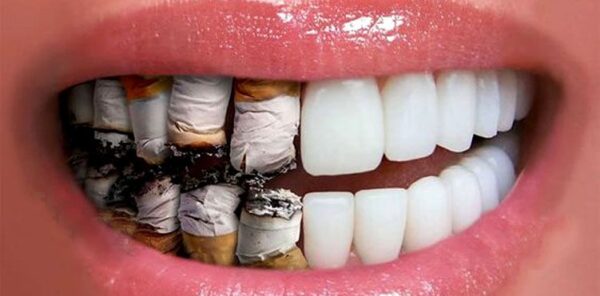
To allow initial healing, and then be very gentle with brushing these areas for 1 to 2 weeks. If you have a healing abutment (metal post) or an actual temporary crown (cap or artificial tooth) protruding through the gums. You may follow the same instructions and brush it gently after a few days. Avoid flossing the healing abutment or temporary crown/cap until instructed to do so.
Quit Smoking
Studies have proven smoking may lead to many complications, such as implant failure and infection, and causes prolonged pain and time to heal. Avoid smoking until the site has healed over (this could take 2-3 weeks). If you cannot hold off until then, it is in your best interest to avoid smoking as long as possible after the surgery, and then to minimize it.
Sinus Lift Patients
If you had a ‘sinus lift’ procedure where the floor of the sinus in the upper jaw was elevated to allow for implant placement, you should avoid any activities that cause excess pressure or suction in the mouth or nose for about 10-14 days. In particular, avoid forceful sucking or blowing from either the mouth or nose, woodwind instruments, scuba diving, and if possible airline travel due to the pressure changes.
Final Dental Crowns
During the consultation, it will be determined if you will require a temporary crown (s), partial dentures or full dentures which may need to be fabricated in advance or if existing prostheses may need to be modified. This may be coordinated with your general dentist.


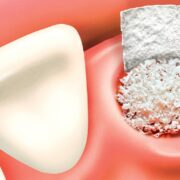
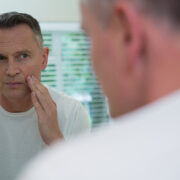
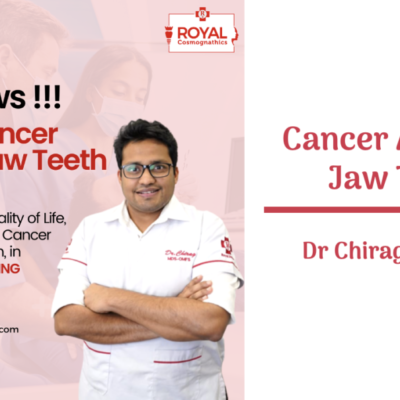
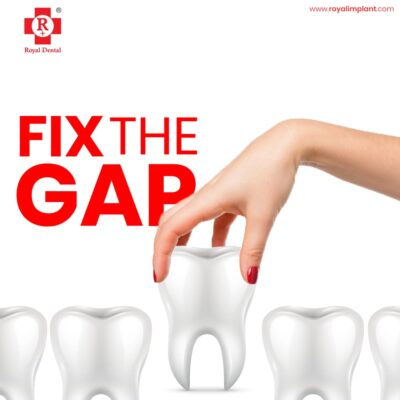

good to royal dantel clinic